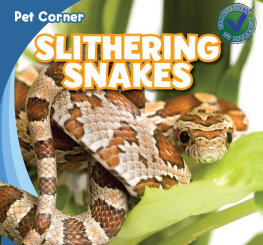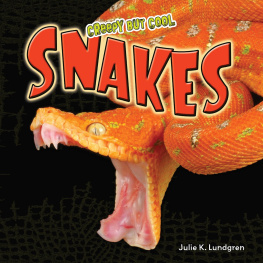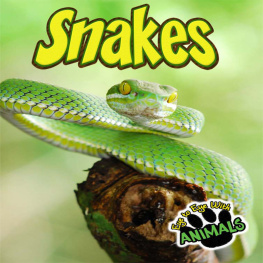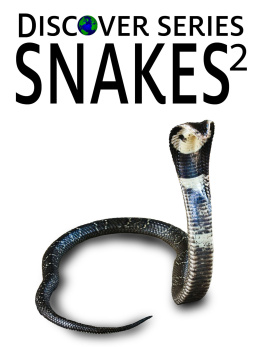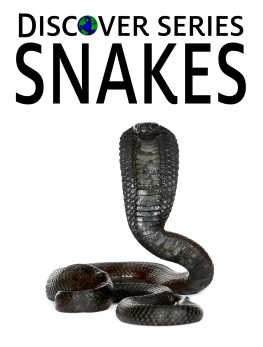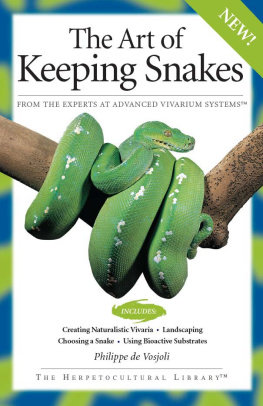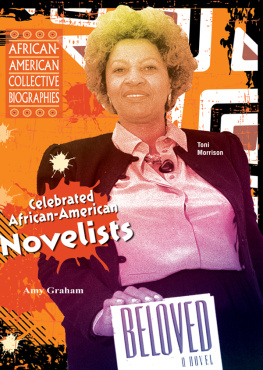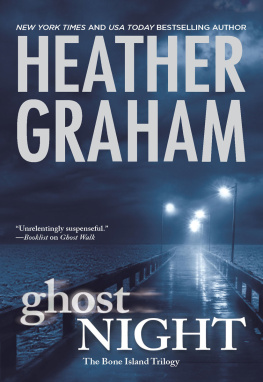Sean P. Graham - American snakes
Here you can read online Sean P. Graham - American snakes full text of the book (entire story) in english for free. Download pdf and epub, get meaning, cover and reviews about this ebook. year: 2018, genre: Romance novel. Description of the work, (preface) as well as reviews are available. Best literature library LitArk.com created for fans of good reading and offers a wide selection of genres:
Romance novel
Science fiction
Adventure
Detective
Science
History
Home and family
Prose
Art
Politics
Computer
Non-fiction
Religion
Business
Children
Humor
Choose a favorite category and find really read worthwhile books. Enjoy immersion in the world of imagination, feel the emotions of the characters or learn something new for yourself, make an fascinating discovery.

- Book:American snakes
- Author:
- Genre:
- Year:2018
- Rating:3 / 5
- Favourites:Add to favourites
- Your mark:
- 60
- 1
- 2
- 3
- 4
- 5
American snakes: summary, description and annotation
We offer to read an annotation, description, summary or preface (depends on what the author of the book "American snakes" wrote himself). If you haven't found the necessary information about the book — write in the comments, we will try to find it.
American snakes — read online for free the complete book (whole text) full work
Below is the text of the book, divided by pages. System saving the place of the last page read, allows you to conveniently read the book "American snakes" online for free, without having to search again every time where you left off. Put a bookmark, and you can go to the page where you finished reading at any time.
Font size:
Interval:
Bookmark:
American Snakes
Sean P. Graham
FOREWORD BY RICK SHINE


2018 Johns Hopkins University Press
All rights reserved. Published 2018
Printed in China on acid-free paper
9 8 7 6 5 4 3 2 1
Johns Hopkins University Press
2715 North Charles Street
Baltimore, Maryland 21218-4363
www.press.jhu.edu
Library of Congress Cataloging-in-Publication Data
Names: Graham, Sean P., author.
Title: American snakes / Sean P. Graham.
Description: Baltimore : Johns Hopkins University Press, 2018. | Includes bibliographical references and index.
Identifiers: LCCN 2017004273| ISBN 9781421423593 (hardcover : alk. paper) | ISBN 9781421423609 (electronic) | ISBN 1421423596 (hardcover : alk. paper) | ISBN 142142360X (electronic)
Subjects: LCSH: SnakesUnited States.
Classification: LCC QL666.O6 G6815 2018 | DDC 597.96dc23 LC record available at https://lccn.loc.gov/2017004273
A catalog record for this book is available from the British Library.
Title page photograph by Bob Ferguson
Special discounts are available for bulk purchases of this book. For more information, please contact Special Sales at 410-516-6936 or specialsales@press.jhu.edu.
Johns Hopkins University Press uses environmentally friendly book materials, including recycled text paper that is composed of at least 30 percent post-consumer waste, whenever possible.
Some kinds of animals are easy to observe, and its not too difficult to work out what they are doing and why they are doing it. Almost anywhere in the world, children can get a good look at birds and bugs in their backyardsand perhaps even see them singing or feeding. But snakes are different. They dont make it easy for an observer. All youre likely to see is a thin body hurtling away from you into some kind of sheltera hole in the ground, a bush, a treethat you cant enter. And so, if you want to understand not only what kind of snake it was but also what it was doing when you interrupted it, you need help. You need to ask someone who has spent his life learning about the private lives of serpents.
There arent many people in that category, but Sean Graham is one of them. Like most snake biologists, Seans career represents a lifelong love affair with the animals that have inspired him ever since he was a small child. As a university professor, he studies the ecology and behavior of snakes, and gives lectures to students about those topics. And when hes not working, Sean travels to exotic locations to see even more snakes. As a result, he has accumulated a plentiful supply of firsthand experiences about snakes, and about their interactions with people. Those anecdotes enrich and enliven the authoritative information in this entertaining book.
American Snakes is about the day-to-day lives of these secretive animals. It might help you identify that snake you just saw, and it will definitely help you to understand the creatures biology. And you will marvel at the beauty of serpents through the spectacular photographs that adorn the pages. In a lighthearted and enthusiastic style, Sean explores the intimate world of snakes. He summarizes an enormous amount of scientific literature, but with an informal approach that makes it easy to follow. In the process, Sean has created a remarkably effective piece of public relations for a group of animals sorely in need of champions.
The unpopularity of snakes extends to many culturesindeed, snakes are even less popular in Australia, my own home, than they are in North America. Theres a simple reason for that difference; most of the snakes in Australia are venomous, whereas most American serpents are not. But even in Australia, snakes pose little real risk to people, and their danger is greatly exaggerated. I wrote a book in 1991 to provide a more scientifically accurate view of Australian snakes, and Im delighted that, many years later, the same kind of book has now been written about the intensively studied snakes of North America.
American snakes have not been especially kind to me over the course of my career. I spent a few years in the United States soon after completing my doctorate, but my attempts to conduct field studies were a dismal failure. Attuned to Australian conditions, I simply didnt understand what American snakes were doing, where they were doing it, or how I could eavesdrop on their private lives. Defeated, I abandoned fieldwork and focused on laboratory studies and literature reviews until I returned to Australia and to the snakes that I understood better. If Seans book had been available back then, I might have had more success.
Once, decades ago, I mistakenly seized a cottonmouth (Seans favorite species), thinking it was a harmless watersnake. The incident occurred on the Texas-Oklahoma border, when I saw a snake swimming across a small stream and confidently took hold of it. That young cottonmouth wasnt to blame for the bite he gave me in return; he was only defending himself. As Seans book reveals, snakes dont attack people. But this incident gave me a powerful and immediate lesson in my own fallibility in telling the difference between venomous and harmless snakes, and reminded me that snakes always have something new to teach us, even those of us considered to be experts. I spent a few days in the hospital dwelling on those lessons, and instead of feeling fearful or irate, I came out of the intensive care unit with a renewed appreciation of the diverse and fascinating nature of American snakes. The readers of this wonderful book can develop a similar appreciation without spending time in the hospital. I enthusiastically endorse that option, and heartily recommend this book.
RICK SHINE
Department of Biology
University of Sydney
Australia
And when those weapons are shown and extended for her defense, they appear weak and contemptible; but their wounds however small, are decisive and fatal. Conscious of this, she never wounds till she has generously given notice, even to her enemy, and cautioned him against the danger of treading on her.
Was I wrong, sir, in thinking this a strong picture of the temper and conduct of America?
An American Guesser (attributed to BENJAMIN FRANKLIN), 1775, on the rattlesnake as a symbol of America
While conducting my graduate research on cottonmouths, I walked through the swamps three or four times a week. One swamp was behind a property owned by a man named Mike Dailey, the father of a childhood friend. Mike is a Florida native who grew up in the swamps and woods of the South, learned to hunt and fish at an early age, and is in all but one respect the archetypal Southern outdoorsman. He has trophy deer heads on the walls of his den, along with a stuffed largemouth bass and viciously posed taxidermy fox squirrels. There is a wooden plaque on his wall that commemorates when one of his hounds treed its first raccoon. Mike wears rubber Wellingtons and denim overalls while making the rounds around his property, and he has a nicely kept white beard. He would probably be flattered to be described as resembling Robert E. Lee, which he does. Once he stopped me on my way up the private drive to his house after I hadnt visited for many months, and he hailed me with his right hand up and the other resting on a .357 in its holster. He didnt remember my truck and wasnt taking any chances. Mike should despise snakes, but he doesnt.
Next pageFont size:
Interval:
Bookmark:
Similar books «American snakes»
Look at similar books to American snakes. We have selected literature similar in name and meaning in the hope of providing readers with more options to find new, interesting, not yet read works.
Discussion, reviews of the book American snakes and just readers' own opinions. Leave your comments, write what you think about the work, its meaning or the main characters. Specify what exactly you liked and what you didn't like, and why you think so.



